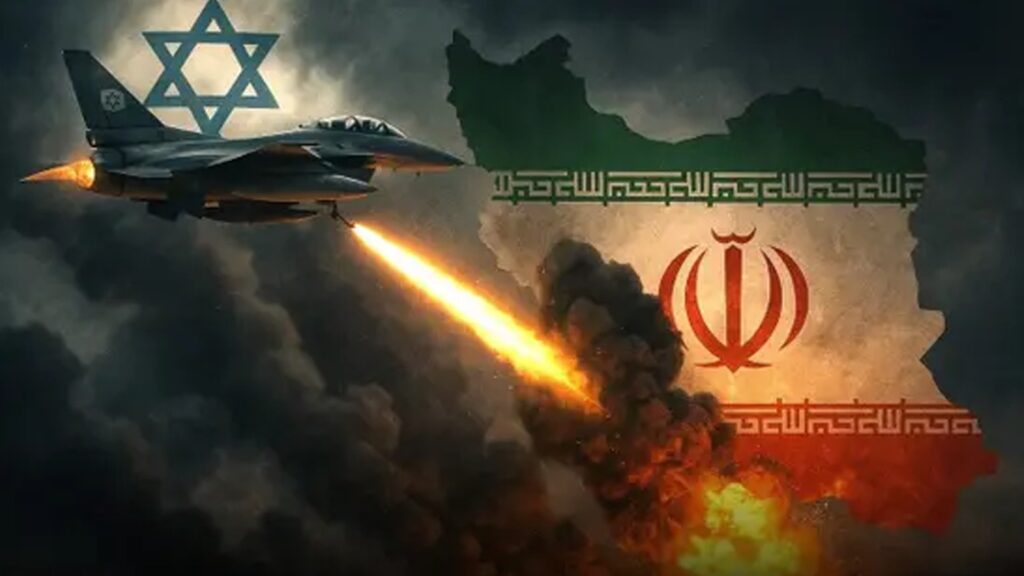In a shocking escalation of tensions in the Middle East, Israel reportedly launched an aerial assault on Iran involving as many as 200 warplanes. This unprecedented military maneuver raises serious logistical and geopolitical questions that cannot be ignored.
Fuel Logistics: A Mission Beyond Range?
The air distance between Israel and Iran’s capital, Tehran, ranges from 1,700 to 1,800 kilometers. For warplanes carrying heavy bombs, such a range requires significant in-air refueling capability. However, Israel possesses only around 7 to 8 KC-707 “Re’em” Boeing tankers — a number insufficient to support a fleet of this size.
This limitation strongly indicates that Israel could not have executed the operation alone and may have received external logistical support. Yet, the United States has explicitly denied providing any refueling or logistical aid, continuing a policy of non-involvement.
This leads to a pressing question: Which country provided refueling support or allowed Israeli warplanes to land temporarily during the return journey?
Regional Complicity?
A deeper mystery surrounds the route taken by the Israeli warplanes. To reach Iran, they would have had to traverse the airspace of countries like Jordan, Iraq, Saudi Arabia, or other Gulf states. Given modern radar and air defense systems, it is almost impossible for such a large military fleet to go undetected.
Yet, remarkably:
No country issued an air defense alert.
No official protested against a breach of air sovereignty.
No air defense system attempted to intercept the aircraft.
This silence appears far from coincidental. It strongly suggests a pre-arranged consent — a quiet understanding between Israel and multiple Middle Eastern governments.
Strategic Implications
What might appear to be a show of Israeli military strength may actually be a wake-up call for the region. The passive complicity of neighboring states reveals a deeper realignment in Middle Eastern geopolitics — one where several governments may be silently aligning with Israel’s strategic objectives.
This operation not only exposed Iran’s vulnerability but also raised alarm bells for countries that may one day find themselves targets of similar cooperation-backed strikes.
As the dust settles, the real question remains: Is the region sleepwalking into a new era of silent alliances and unchecked military aggression?





